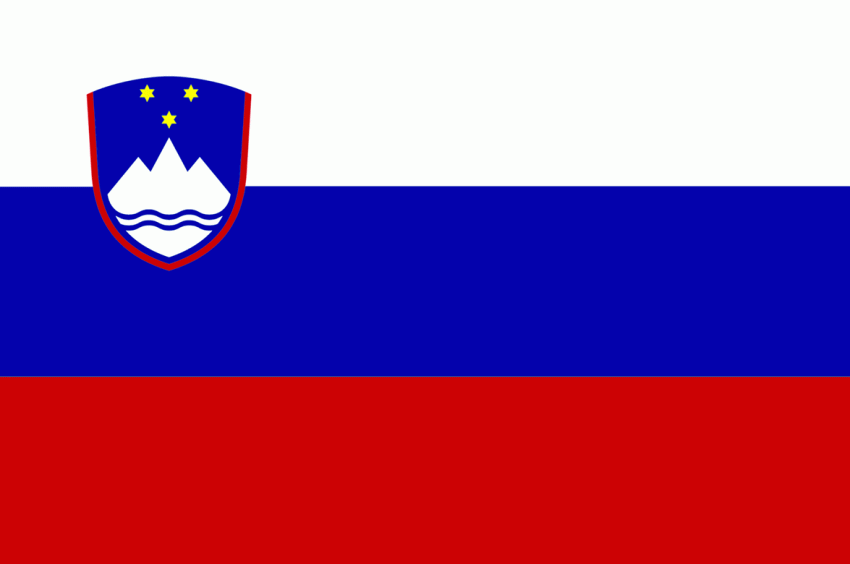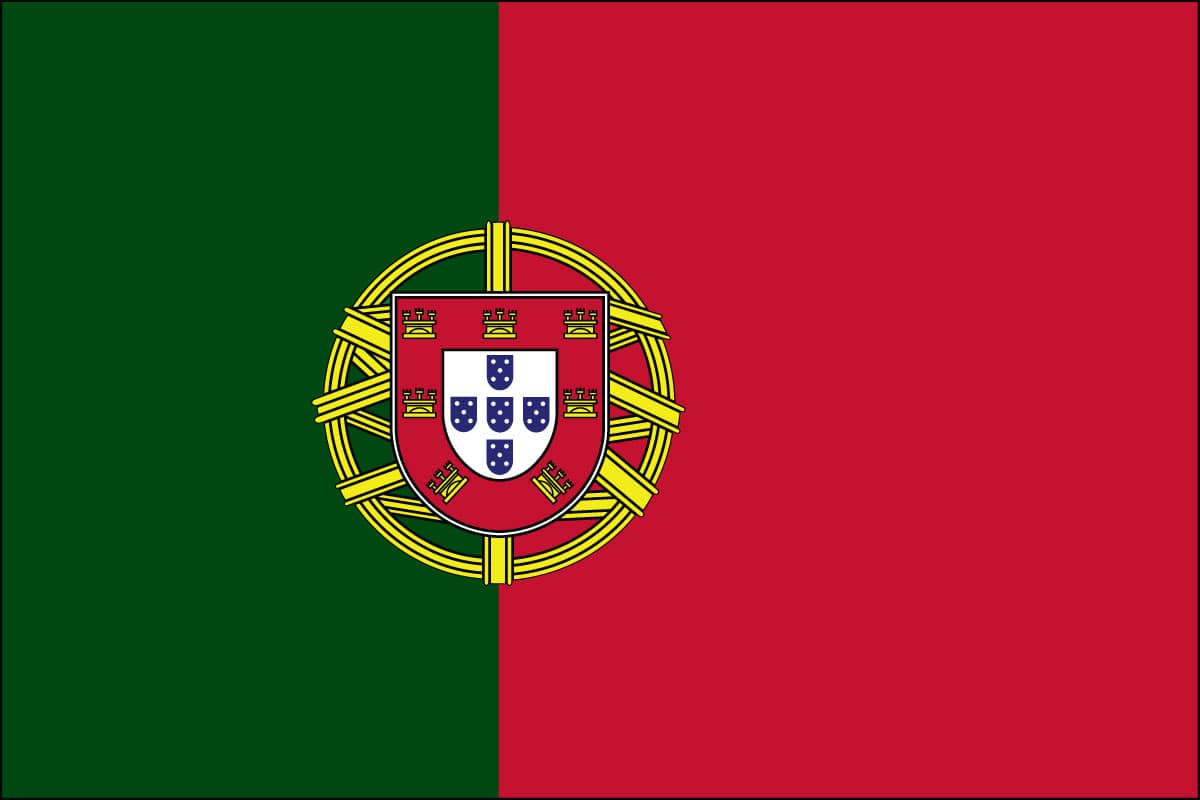Explore
Choose a country (or Europe) and a topic to start exploring:
How doespolicymaking work?
In parliamentary democracies, the policy process is not linear, as it is based on the information available and new discoveries. This process is a flexible and collaborative framework. That’s how it goes:
Problem emergence
A crisis (financial, sanitary, etc) or a long-existing problem which previous policies did not solve comes to the forefront of a government political agenda.
Agenda-setting
Based on government priorities and availability of resources to dedicate to the problem. Public opinion (yours!) and the media can influence the agenda (e.g: Fridays for Future).
Consideration of policy options
Policy makers inform themselves on the topic (and ask for independent research if needed), to draft a policy proposal. Ideally, one of the proposals is chosen only by looking at each costs and benefits ("rational choice" theory). In practice, political beliefs also come into play.
Decision-making process
The legislative process varies a lot from country to country, but it always ends with the legislative authorities voting on the proposal. If it gets a green light, we move to the next step. If not, sometimes it can be changed and re-submitted.
Implementation
The executive body decides what's the best way to put the adopted legislation into practice, and applies it using different procedures and regulatory bodies. Usually it needs to be harmonized among different levels (e.g: national and EU levels).
Evaluation
Determination of the results of the implemented policy (also ex-post policy analysis). There are dedicated bodies to monitor these results (the effects, the costs...). Sometimes, there are unexpected outcomes (positive or negative)!
How arelaws adoptedin the EU?
The EU is a unique political entity and its process to adopt laws is called Ordinary Legislative Procedure.
by Council of the European Union
EU Power of Legislation
For the EU to legislate and carry out policy decisions, the competent authorities need to provide the Union with the powers to do so. Only the Member States - being sovereign states - can do that and by doing so they lose part of their authority on specific matters.
EU power of legislation must respect certain limits and principles:
Legal basis
The EU cannot decide to intervene in a specific policy area outside the express permission granted to it in the Treaties. Checks and balances are put in place to oversee this aspect.
Principle of subsidiarity
The most effective institutions should take legislative action at the most appropriate level (e.g. the EU has control over environment policy, but waste management is overseen by a local or regional authority). Find out more here.
Principle of proportionality
Connected with the principle of subsidiarity, the EU has power to act only towards the objectives of the Treaties. Check out Protocol No2, Art 5 TEU to find out more.
Shared legislative authority
The European Parliament and Council of the EU must agree on legislative drafts and amendments (before known as co-decision procedure).
EU legislation
The body of EU law is also known as acquis communautaire and must be included into national legislation for new Member States, it is non-negotiable and fundamental for joining the EU. Current Member States are also required to implement EU regulations and directives into their national legislation by the process of transposition.
The Commission monitors procedures and correct implementation. The process varies from one Member State to another. Member States hold a monopoly of executive power for policies adopted by ordinary legislative procedure, although failing to implement EU legislation into national one may result in judiciary actions (e.g. Infringement Procedure).
For more information on how specific EU law (mostly directives) is transposed in national countries, visit the EUR-LEX database.
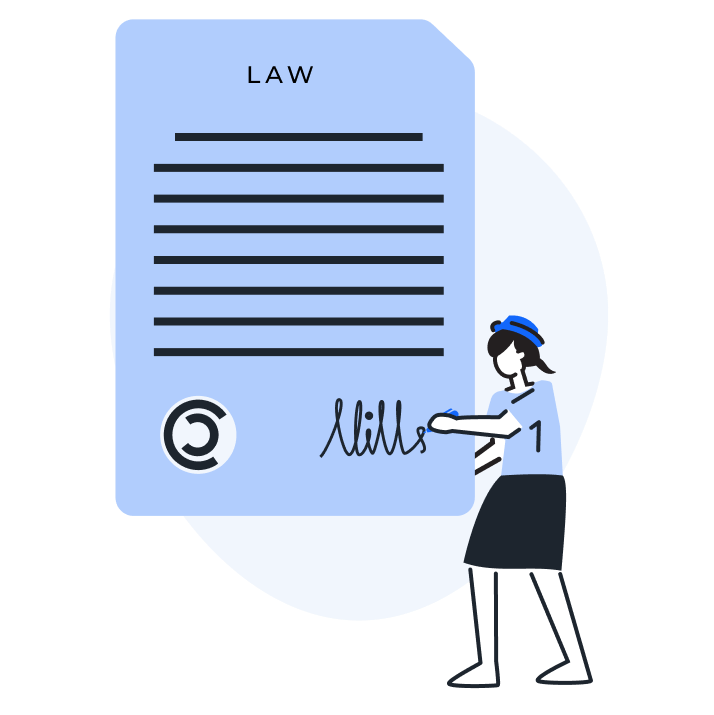
Forms of EU law
The EU policymaking process results in a unique kind of politics, given its nuances and different institutional mixes and behaviours. Therefore, to better understand it there is a need for specific terminology defining the types of legal acts of the Union.
by Ciceroni
Directives and regulations are the types of legislation adopted with the EU ordinary legislative procedure.
Regulation = most similar to national legislation as it is binding for all Member States and overrules national laws. It defines the goals and its methods for achieving it.
Directive = it defines the objective but the methods for implementation are under national authority and choice. It is integrated with national laws.
Decision = binding only for Member States or companies addressed specifically. It sets the goals and methods of implementation. Only the Commission can issue a decision.
Areas of EU competences
Depending on the policy area, the EU may be the only one who can legislate, it may share that power with the Member States, or not be able to legislate at all. Check out the full list of the different areas of EU action or the distribution of competences at EUR-LEX.
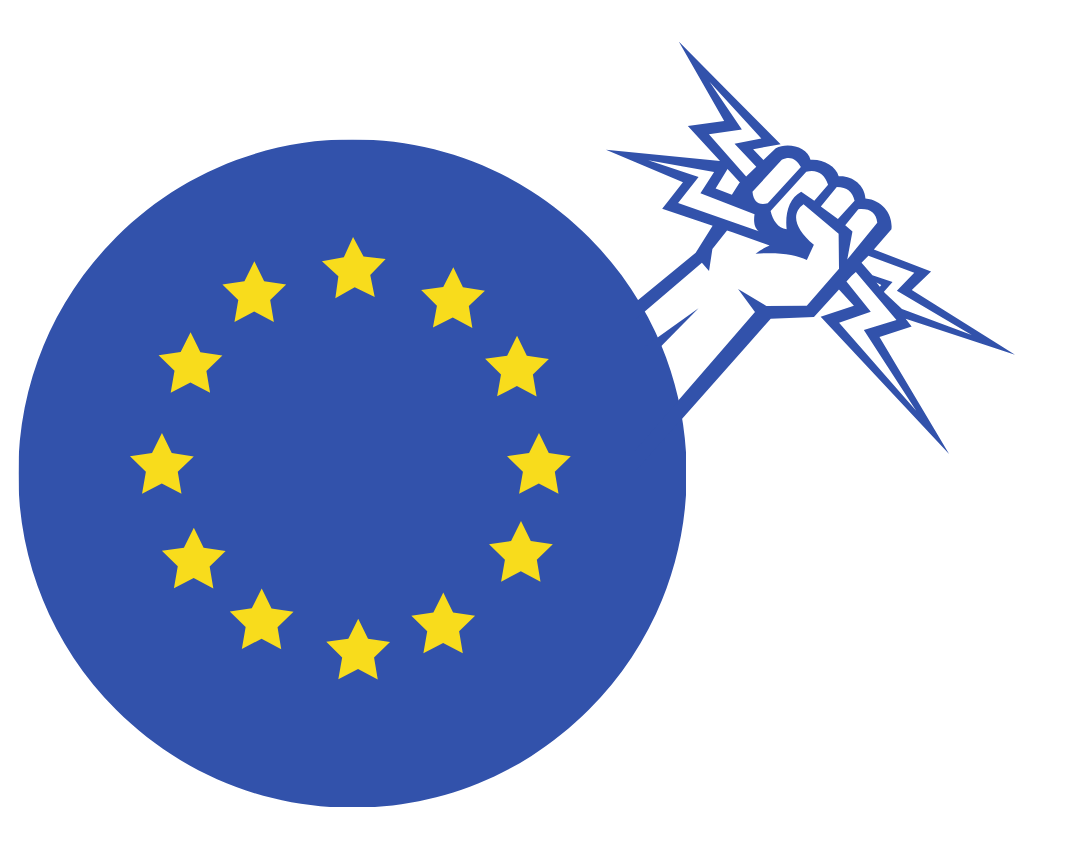
Only EU can legislate
Only the EU can legislate on these areas yet, Member States can do so if the Union allows it. More on exclusive competences: Art 2(1); 3 TFEU.

Shared/concurrent competences
The Union and the Member States can both legislate on these areas. The EU and Member States cannot step on each other's toes and must respect the limits of their competences. Where the Member State has authority then it shall be the one legislating and vice versa with the EU. Find out more: Art 2(2); 4 TFEU and Provision for EURO.
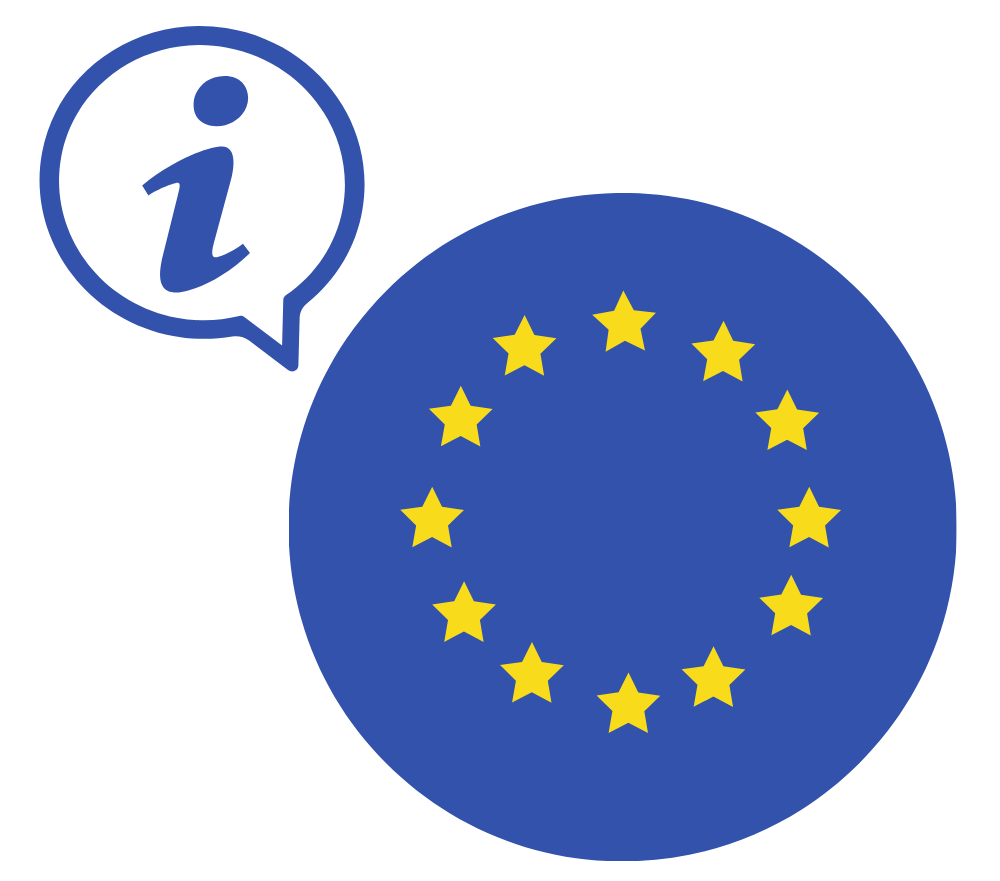
Member countries legislate, EU helps
The Union’s role is to coordinate, support or supplement the actions of the Member States. More on complementary/coordinating competences: Art 2(3); 6 TFEU.
What's New?
Explore our most recent and updated content on policymaking around Europe:
